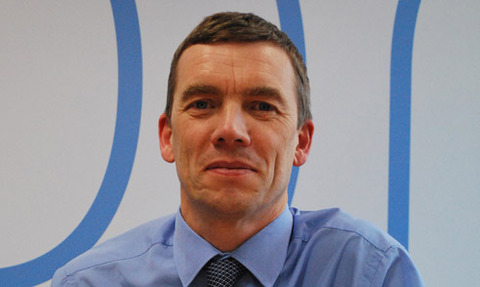Viewpoint: all fired up for water waste debate
4 Jul 2016

Waste handlers must now plan for the impact of water they discharge to fight a major fire, writes Hydro International’s Phil Collins.
Last year the Environment Agency revised its technical guidance for sites storing combustible waste, following a string of high-profile fires at waste handling premises.
They are now instructed to review their fire accident planning with a ‘must’ action to meet the standards.
However, it’s not air pollution, or even the combusting materials stored on the site, that most often damages the surrounding environment, but the huge quantities of fire water discharged in a very short time to get it under control.
The water has a habit of finding routes to flow across a site in directions no-one had ever expected, let alone mapped, before ending up in a river or sewer
In the early stages of a fire, thousands of litres of water are discharged into the environment every minute. The surface water runoff created will pick up the pollutants and contaminants of whatever burning or hazardous substances are present, and if a site is not fully contained, they will escape into the local environment.
The water has a habit of finding routes to flow across a site in directions no-one had ever expected, let alone mapped, before ending up in a river or sewer.
There can be crippling fines and costs to pay for the clean-up and to put right the environmental damage, and most companies are unlikely to be insured against the losses.
Environmental authorities are increasingly enforcing regulations through prosecution. In the worst cases, a pollution conviction can even include the option of custodial sentences for company directors.
Guiding the way
The new Environmental Agency guidance includes a requirement to demonstrate the containment facilities and pollution prevention equipment in place for managing fire water.
For this, operators are referred to another very important industry guidance document: CIRIA C736 – Containment Systems for the Prevention of Pollution.
CIRIA C736 was significantly revised in 2014 in the light of lessons learned, particularly from Buncefield, and sets out clear guidance on the steps to take for water pollution containment. WISH (The Waste Industry Safety and Health Forum) has also issued helpful industry guidance: Reducing Fire Risk and Waste Management Sites.
During 2014 the Environment Agency reported 10 serious water pollution incidents involving waste management activities, five of which were caused by fires and three by containment and control failures.
The good news is, it is possible to fully protect a site from a water pollution incident. To provide water pollution containment, most companies begin by installing isolation valves in the outlets to surface water drainage, to prevent flood or fire water escaping from the site, and contain it until it can be safely removed and tankered away. In addition, sometimes bunds or physical barriers can be constructed, especially around hazardous areas such as oil or chemical tanks, to contain spills.
Development of drop seal valve technology can offer a watertight, failsafe alternative
Often sites will have a penstock valve installed. These are closed by the force of the ‘head’ of water rising in the drain. That means that if the pressure is insufficient, then polluted water could still trickle through the opening and out into the environment.
Development of drop seal valve technology can offer a watertight, failsafe alternative.
So, with the right containment valves installed, that should be job done, shouldn’t it? Probably yes, for most small incidents. However, CIRIA C736 does recommend a full risk assessment based on the source-pathway-receptor model to aid in a holistic containment strategy.
Hydraulic modelling techniques can be used to map the surface water pathways on and off a site. This way, operators end up with a professional, consultative document that can be presented to the Environment Agency, Fire Service and other authorities to provide evidence of robust pollution containment.
Of course, you may believe that catastrophes of such magnitude are unlikely to befall even those sites with permits to store combustible waste, or for those regulated under the Control of Major Accidents and Hazards (COMAH) Regulations 2015. Nonetheless, it’s no longer enough for organisations to feel lucky and take a punt that it won’t happen.
- Phil Collins is national water pollution sales manager for Hydro International.

